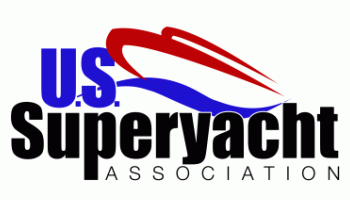A Quick Background on the STCW Code
In 1978, the International Maritime Organization (IMO), which is a division of the United Nations (UN), held a conference in order to discuss improving the worldwide standards for safety and training of professional mariners. Basically, at this event, all of the signatories to the IMO (today there are 185 countries) sat down and said, “Okay, we’ve got to set ‘rules of the sea,’” so to speak. They wanted to establish a code of internationally agreed-upon regulations, which set minimum training requirements to be met at various levels during the course of a career at sea. Then, the signatories could go back and get those rules made into law in each individual country.
The result of this initial meeting was the Seafarers Training, Certification, & Watch-keeping Code (STCW ’78). Subsequent meetings were held to update and revise this code, so that by July 1995, the process was finalized with the adoption of a package of amendments to the STCW ’78 Convention. The amended code, STCW ’95, was named for the year that it was accepted by the IMO and its signatory countries.
From the mid-1990s onward, training schools around the world have been offering classes in compliance with STCW ’95.
Another major revision of the STCW code took place at a meeting in Manila in the Philippines in 2010, resulting in the aptly named Manila Amendments. These went into effect in January 2012, with a five-year transition period allowing for full phasing in of the requirements.
While many crew companies still refer to this code and accompanying training courses as “STCW ’95,” and while the significant changes within the 2010 Manila Amendments didn’t impact the basic training classes, technically it is not necessary to refer to them as the STCW ’95 courses anymore. Although, since the official amendments don’t actually take effect until 2017, you will likely still see it written as “STCW ’95” in course manuals.
The proper way to refer to it now is actually “STCW ’95, as amended” (or “STCW ’78, as amended,” which is how it appears on most captain’s licenses); but to save you from text clutter, I refer to it as simply STCW BST throughout my website and book. Again, this is the same set of modules and the same BST certificate that training schools refer to as “STCW ’95” or “STCW ’95, as amended.”
Boring stuff, I know.
Note: The description above was written based on information largely supplied by the IMO. Visit www.imo.org for more specifics regarding STCW Conventions, Codes, and Amendments.


